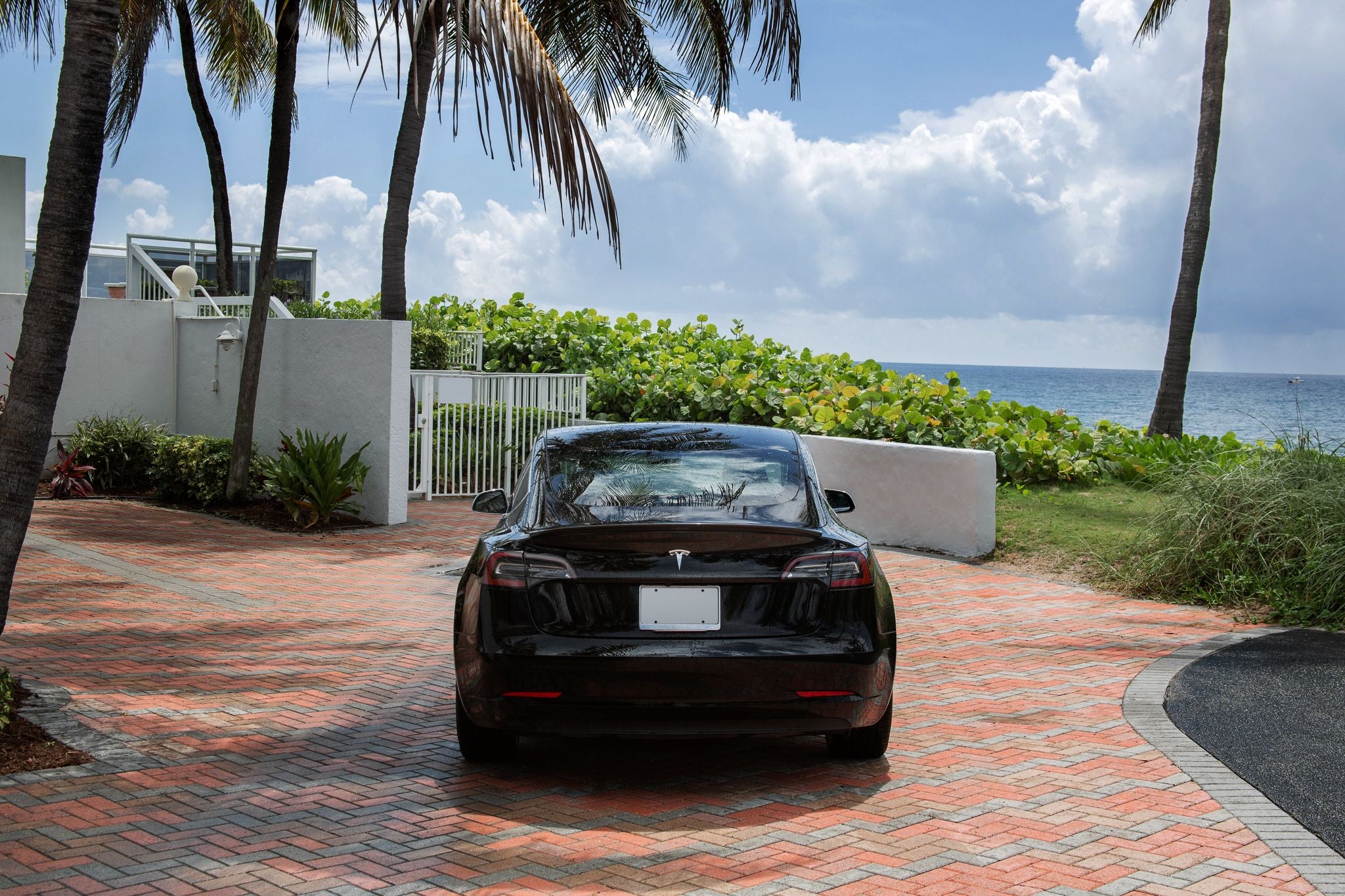
The concept of vehicles being intelligent devices is relatively new, and it has largely come as a result of Tesla’s contributions to the auto industry. As the industry shifts toward Tesla’s example of electric vehicles that can be updated with a simple software update, one expert notes how far supply chains for these intelligent electric vehicles have come in their short history.
 |
Above: A Tesla Model 3 (Image: Casey Murphy / EVANNEX).
In a recent article for Forbes, CEO of the intelligent robotics company PerceptIn Dr. Shaoshan Liu wrote about how the model for IEV supply chains has evolved over the past decade. The article comes as the latest in a series by Dr. Liu, discussing what IEVs are, how they can be monetized and what types exist.
Dr. Liu broadly describes IEVs as car platforms with added smart capabilities compared to the traditional internal combustion engine (ICE) vehicle. These capabilities can include many concepts introduced by Tesla, including a centralized electrical/electronic architecture (E/E architecture), an easily updatable platform, an emphasis on vehicle data and enough computing power to enable semi-automated driving.
“In the early days of the industry, IEV original equipment manufacturers (OEMs) had to do almost everything in-house,” writes Dr. Liu. “When Tesla started its IEV business, it had to invest billions of dollars into battery systems, E/E architectures, autonomous driving capabilities and intelligent cockpits.”
In a December piece for Forbes, Dr. Liu pointed out Tesla’s early reliance on external supply chains, before shifting toward R&D on intelligence in its vehicles, especially its Autopilot and Full Self-Driving beta technologies. Dr. Liu expects that the company will shift again toward a focus on its multi-device ecosystem in the future, as its computing platforms become more standard.
Crucially, Tesla’s move to own its whole supply chain has opened up opportunities for other OEMs to follow suit, with one example including BYD’s recent investments into Indonesia for essential EV minerals. Instead of relying on third-party computing system manufacturing, Tesla also developed its own proprietary computing system.
Just five years ago, a year after the Model 3 had been unveiled, Dr. Liu says that it cost over a billion dollars in the U.S. to develop a new IEV. Following Tesla’s efforts, the supply chain has grown significantly and now offers more efficient and cost-effective options for developing an IEV. Dr. Liu estimates the current cost of developing an IEV to be as low as $200 million.
“We are still at the dawn of the IEV era,” Dr. Liu adds. “Particularly, the evolution of the IEV supply chain enables IEV newcomers to develop their products cost- and time-efficiently. This is still a golden era for IEV startups as long as these startups define their products clearly and spend their financial resources effectively.”
===







